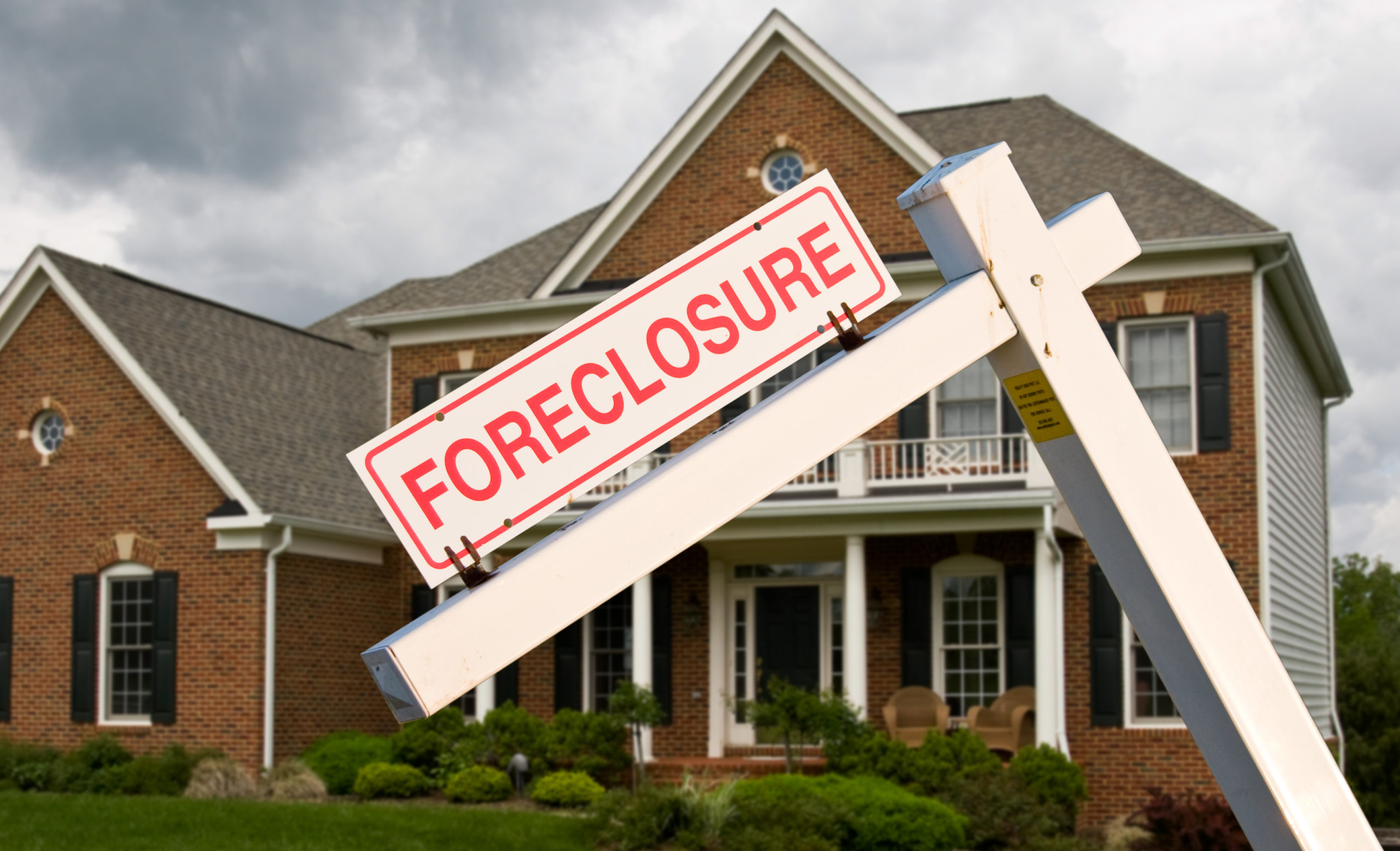When it comes to real estate, several old adages may apply to almost any market. Today’s market could be characterized as “for every downside, there is an upside,” or, “what goes down must come up.” The truth is, real estate markets, like all financial markets, move in cycles. There are times when home sales are booming and times when home sales are declining. There are times when multifamily rentals are hot and times when the market is cooling. You could say the same about commercial real estate, industrial, or any other real estate market. Today, we’re talking about single-family rentals. Ten years after the foreclosure crisis devastated the real estate industry, single-family rentals are the fastest growing market segment in real estate.
The Growth of Single-Family Rentals
The Terner Center at UC Berkeley reiterates this truth in a recently published white paper titled “The Rise of Single-Family Rentals After the Foreclosure Crisis.” In their white paper, The Terner Center stated that 3.8 million households transitioned from homeowners to home renters. By 2015, nearly one in five single-family homes was occupied by a renter, an increase of 34% in one decade. In 2006, 13.1% of single-family homes were rentals, and 31% of all rentals were single-family homes. By 2015, those numbers had risen to 16.8% and 35%, respectively. What’s causing this rise, and how long will it continue?
While the foreclosure crisis isn’t the only factor giving rise to residential rentals, it is one of the factors. Others include downward pressure of household incomes by the recession, rising student and consumer debt, and tightened credit standards at lending institutions. No matter how you slice it, families are choosing to rent, and they’re choosing to rent single-family homes.
Is There Still Opportunity to Invest?
There is plenty of evidence to suggest the trend will continue. CNBC reported in September last year that institutional investors were still in on single-family rentals. Multifamily Executive also wrote about this trend last January. The evidence is more than anecdotal. When it comes to residential rentals, there is a market for both equity and debt investment, and these opportunities can come from some interesting segments of real estate investing. At one time, the residential rental home market was dominated by cottage-industry investors while institutional investors focused on multifamily. After the foreclosure crisis, many institutional investors swept in and bought up residential homes that went into foreclosure, and they rented them out. These investors are still invested in residential rentals, which makes it a strong market overall.
When it comes to portfolio management, diversification is still the best protection from any market downturn. Investors who have not bought into the current single-family rental trend should see this moment as an opportunity. Check out the open single-family investment opportunities on Sharestates.com.


